
Notably, the draft Law also clearly states the State's preferential and support policies for railway development. In particular, the State prioritizes budget allocation to ensure the development of national railway infrastructure, local railways, railway industry and human resource training according to planning and plans; mobilizes maximum local resources to participate in compensation, resettlement support, and investment in the construction of a number of items of national railway infrastructure within the locality where the railway project passes through.
Along with that, the State encourages, supports, facilitates and protects the legitimate rights and interests of domestic and foreign organizations and individuals investing in and doing business in railway infrastructure and railway transport; connecting railways with other modes of transport; developing the railway industry, researching, applying science and technology, transferring technology and training, developing human resources. The State also allocates land according to the planning to develop railway infrastructure, railway industrial works, etc.
Regarding investment in railway construction, the draft Law clearly states that the entities implementing investment in railway construction are regulated as follows: National railways are invested in and constructed by the Ministry of Construction and enterprises; local railways are invested in and constructed by provincial People's Committees and enterprises; specialized railways are invested in and constructed by enterprises.
For investment in the construction of national railway projects shared with local railways, railway projects shared with roads, the construction management agencies unanimously propose to the competent authority to decide on the investment policy to assign one agency as the investor...
The notable content in the draft Law is urban development according to the TOD model (transport-oriented urban development) for railways.
Specifically, the Provincial People's Committee organizes the establishment, appraisal, approval and adjustment of: TOD area planning for national railways; project route plan, project location, total route plan, TOD area planning for local railways to determine location, boundary, land recovery area... The Provincial People's Council is allowed to decide to use local budget to implement independent public investment projects, carry out compensation, support and resettlement work according to TOD area planning to create auction land fund according to the provisions of law.
Revenue from land exploitation in TOD areas: For national railways, after deducting related costs as prescribed by law, the provincial local government is allowed to retain 50% and pay 50% to the central budget. For local railways, the provincial local government is allowed to retain 100% to the local budget...
In the (supplementary) review report on the draft Law on Railways (amended), Chairman of the National Assembly's Committee on Science, Technology and Environment Le Quang Huy said that some opinions basically agreed with the provisions on giving the initiative in capital to the entities specified in the draft Law, allowing the issuance of government bonds, mobilizing ODA, using increased revenue sources and budget savings to supplement capital if the annual budget does not meet the schedule.
However, it is necessary to review and supplement regulations on mechanism limits, only applying when proving outstanding efficiency; limiting the mobilization level to a safe threshold, with supervision, ensuring financial safety; clear responsibilities; strict monitoring conditions and mechanisms to prevent risks...

According to Mr. Le Quang Huy, regarding the mechanism and policy for urban development around the railway (TOD model) and exploitation of land funds in the vicinity of the station, many opinions basically agree with the TOD mechanism to exploit land funds, create resources for the railway, in line with the direction of innovation. However, many opinions suggest clarifying and studying additional regulations clearly defining the limits of local authority when adjusting the planning; regulating an independent and transparent monitoring mechanism when adjusting the planning. Along with that, it is necessary to supplement regulations on criteria for infrastructure capacity and infrastructure upgrade plans before approving TOD, regulating implementation conditions; clearly defining the mechanism for revenue sharing and accountability, sanctions; reviewing, amending, and supplementing relevant laws...
Source: https://hanoimoi.vn/nhieu-chinh-sach-uu-dai-ho-tro-cua-nha-nuoc-de-phat-trien-duong-sat-705708.html


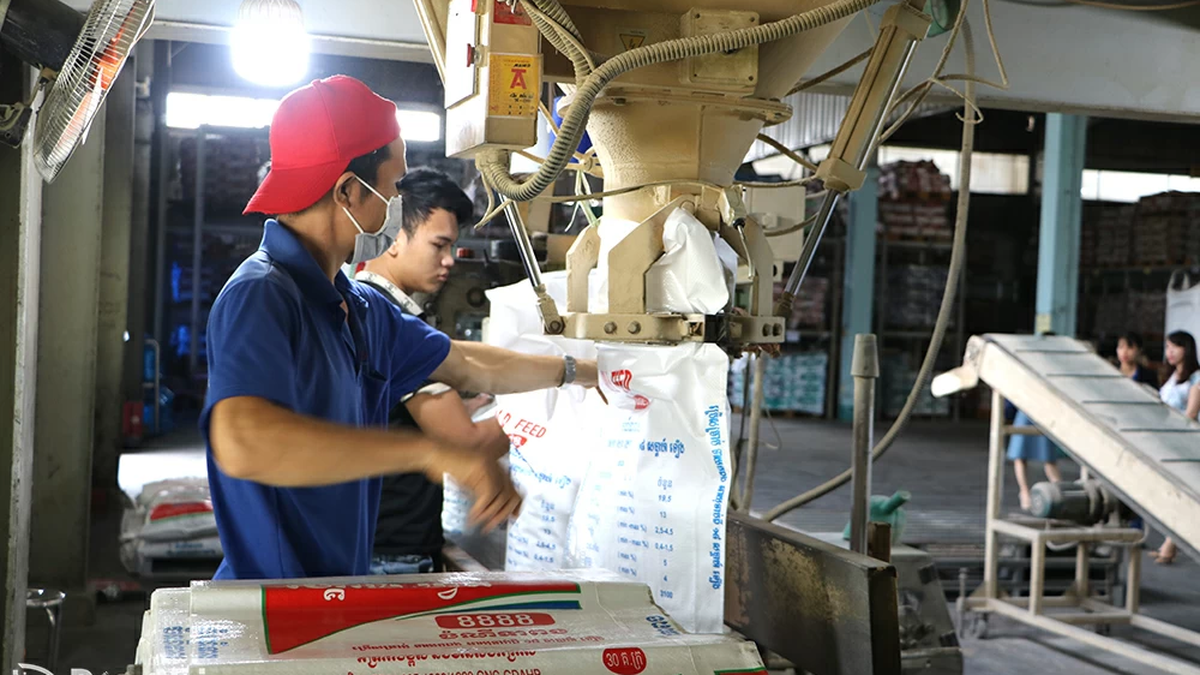


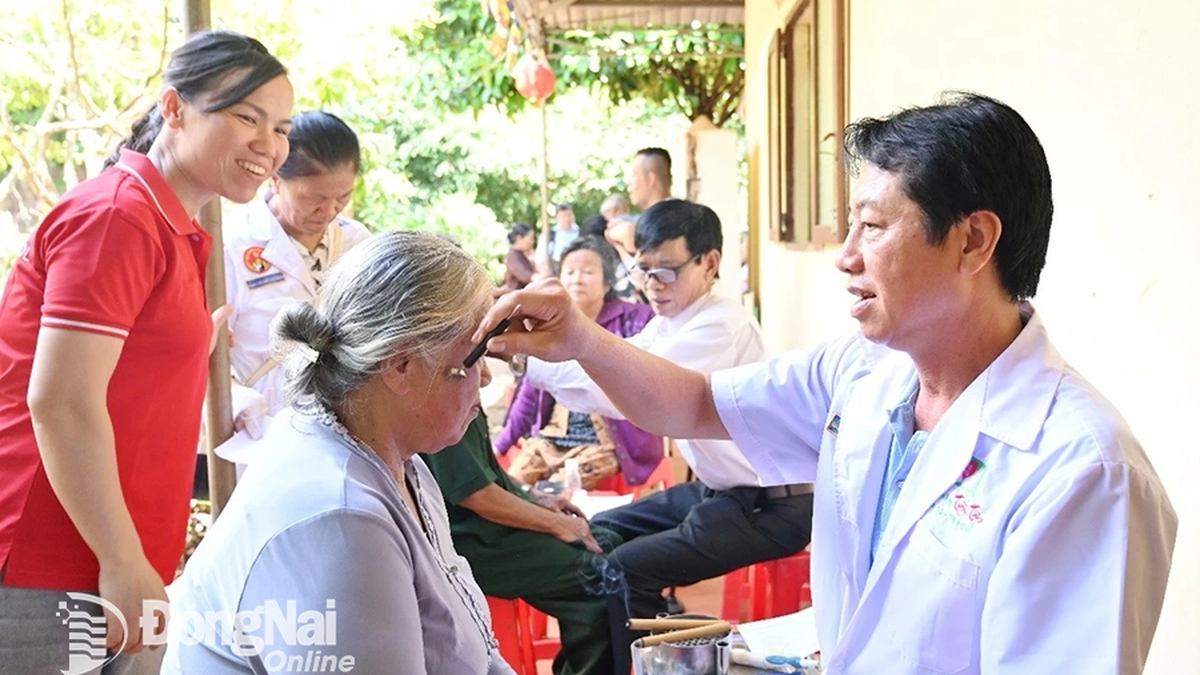
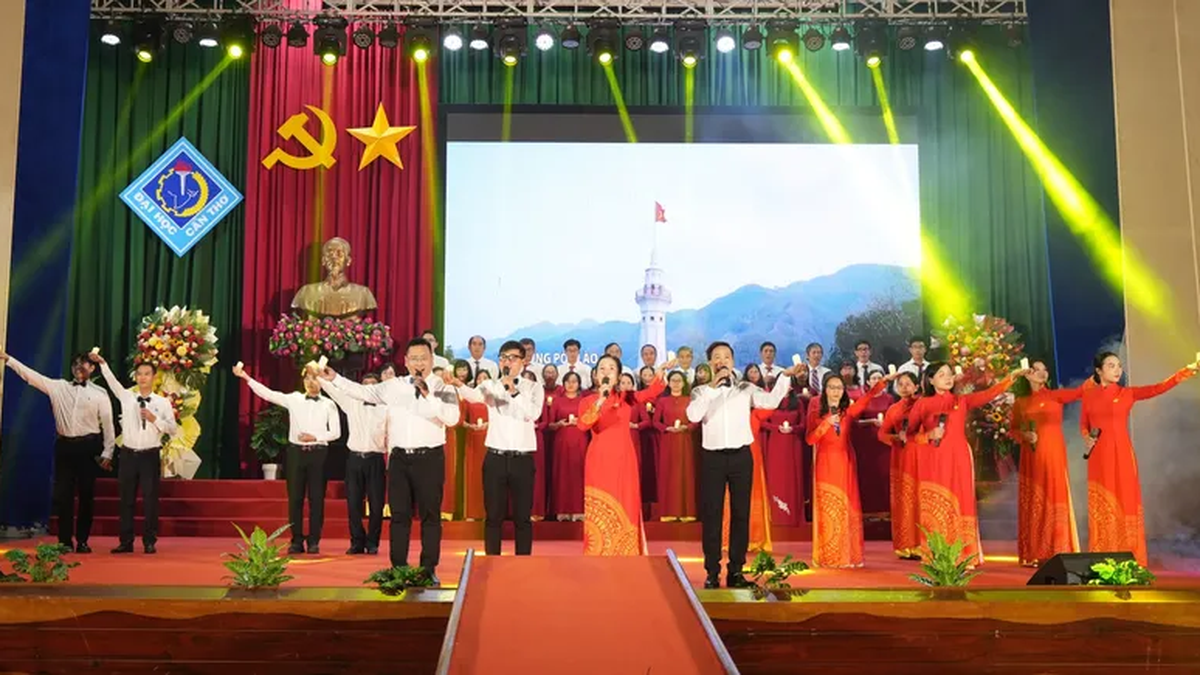


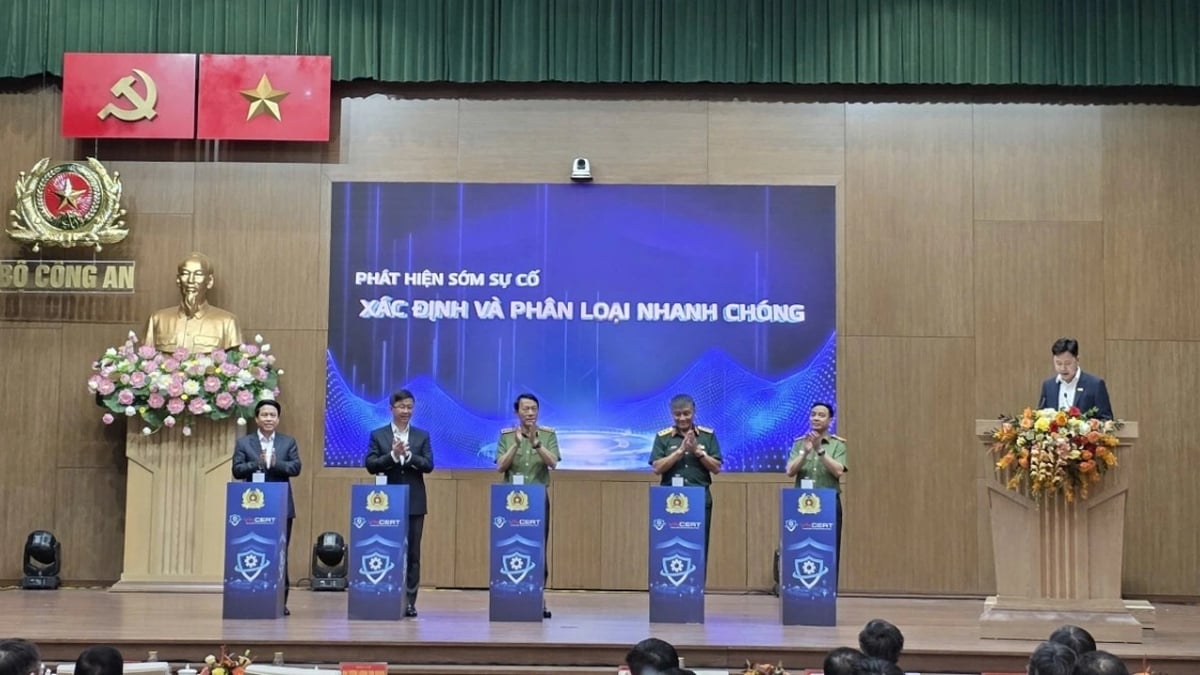
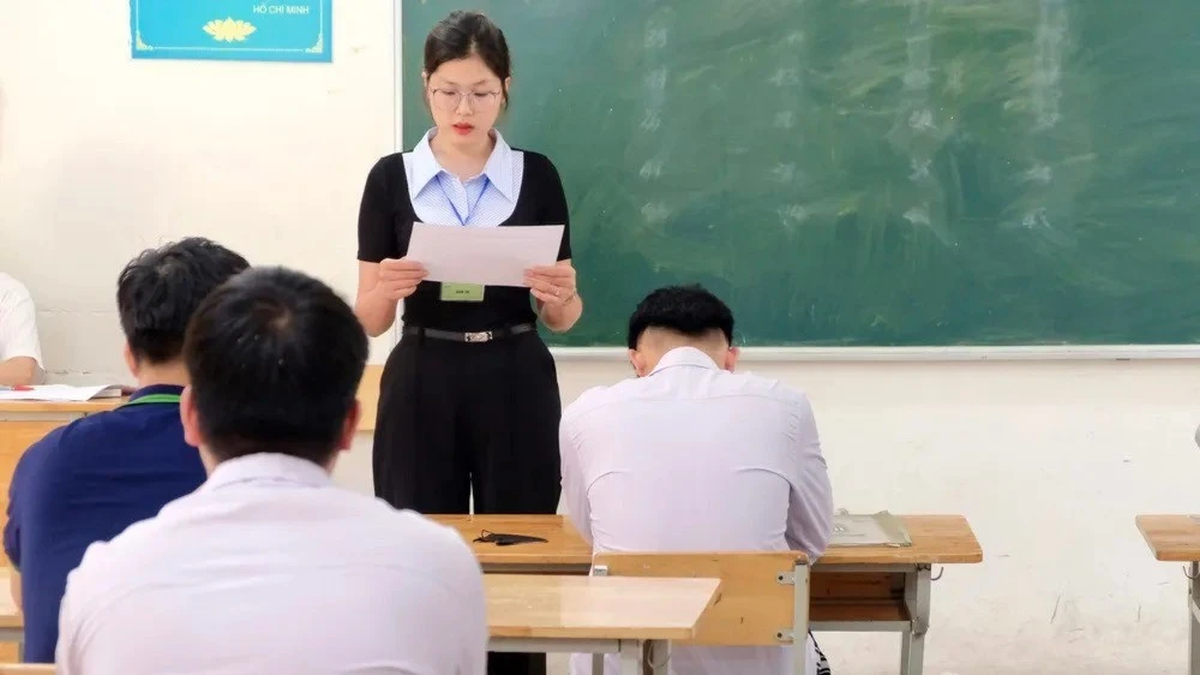




















![[Photo] Nghe An: Provincial Road 543D seriously eroded due to floods](https://vphoto.vietnam.vn/thumb/1200x675/vietnam/resource/IMAGE/2025/8/5/5759d3837c26428799f6d929fa274493)



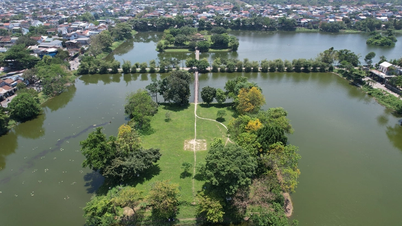
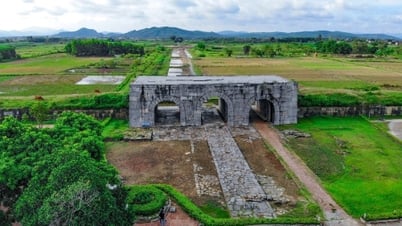

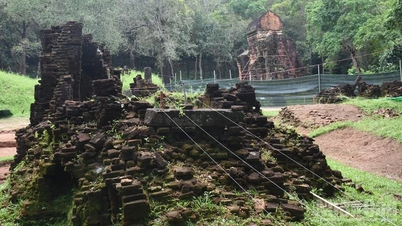










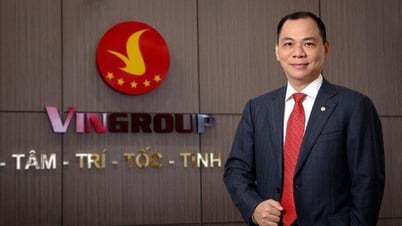



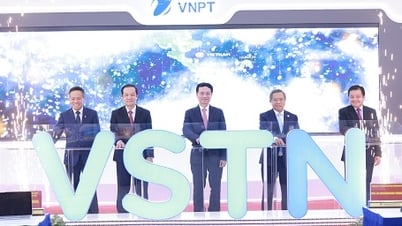

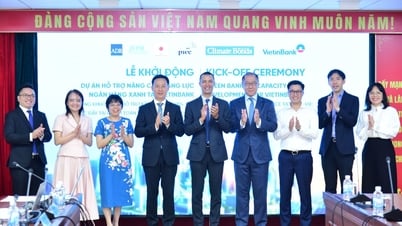
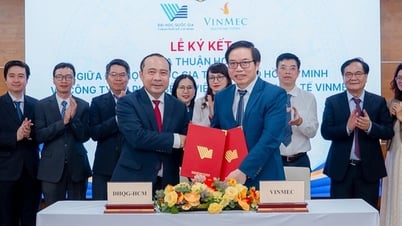

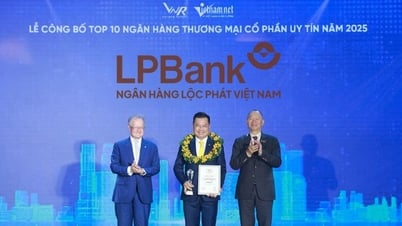
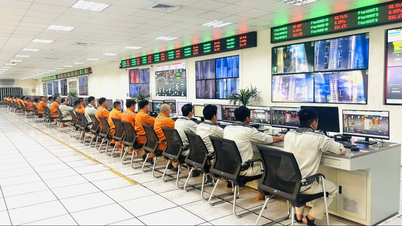

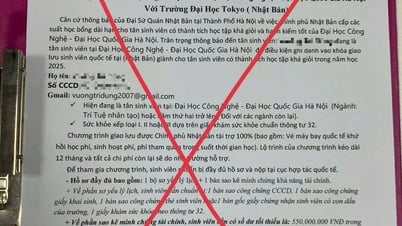
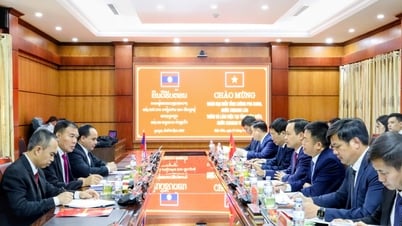







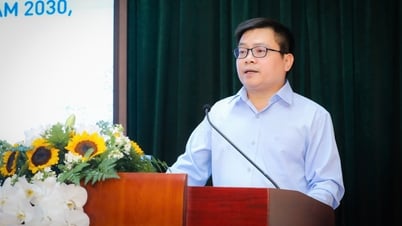


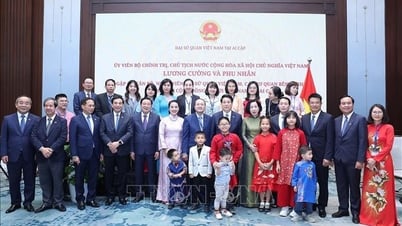

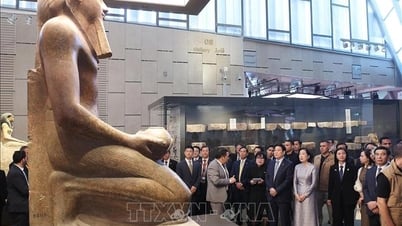






















Comment (0)